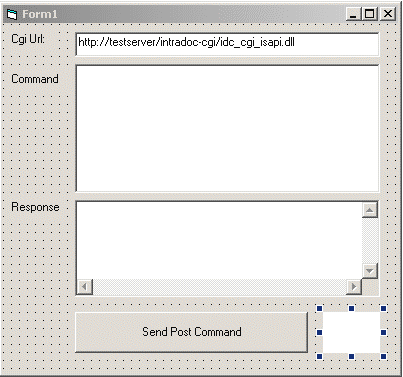
Now, let’s take a closer look at how Colossus works.īut first, a little background on Colossus: In other words, your own applications will scale the same as Google products because they rely on the same core infrastructure based on these three services scaling to meet your needs. Google Cloud takes these same building blocks and then layers everything needed to provide the level of availability, performance, and durability you need from your storage services. Borg provisions the needed resources, Spanner stores all the metadata about access permissions and data location, and then Colossus manages, stores, and provides access to all your data. Whenever you access your favorite storage services, the same three building blocks are working together to provide everything you need. These three core building blocks are used to provide the underlying infrastructure for all Google Cloud storage services, from Firestore to Cloud SQL to Filestore, and Cloud Storage. It was and continues to be a big influence on the design and development of Kubernetes. Spanner is our globally-consistent, scalable relational database.īorg is a scalable job scheduler that launches everything from compute to storage services. There are three main building blocks used by each of our storage services:Ĭolossus is our cluster-level file system, successor to the Google File System (GFS).
#Peek com api software#
Like any well-designed software system, all of Google is layered with a common set of scalable services.

Google Cloud scales because Google scalesīefore we dive into how storage services operate, it’s important to understand the single infrastructure that supports both Cloud and Google products. In this post, we take a deeper look at the storage infrastructure behind your VMs, specifically the Colossus file system, and how it helps enable massive scalability and data durability for Google services as well as your applications. That foundational storage system is Colossus, which backs Google’s extensive ecosystem of storage services, such as Cloud Storage and Firestore, supporting a diverse range of workloads, including transaction processing, data serving, analytics and archiving, boot disks, and home directories.


Stream peek() method is an intermediate operation.The result elements after performing the action are placed into the new Stream. Here action is a non-interfering action to perform on the elements as they are consumed from the Stream.

The peek() returns a new Stream consisting of elements from the original Stream. We can call peek() method after every intermediate operation to see the effect of intermediate operation on the Stream elements. Using peek() with Terminal OperationĪccording to Java docs, the purpose of peek() method is to support debugging when we want to see the elements as they flow through the Stream processing pipeline.


 0 kommentar(er)
0 kommentar(er)
